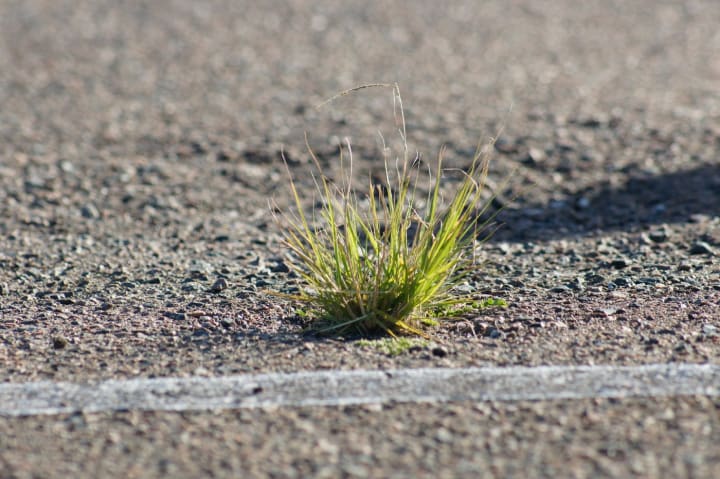Improve Your Writing Through Art and Observation
Understanding the principles in art and nature can enhance your writing skills

What a writer can learn from art
Writing is one of the activities of a ‘creative’ mind. So it stands to reason that one who writes also does other things that fall into the ‘creative’ realm. In fact, the writers I know have many diverse interests.
Over the years, I’ve learned one important thing they all have in common. These writers know how to capitalize on other areas of interest to enhance their writing. When I started applying that principle to my own writing, I reached a new level of understanding. I saw how principles that worked in another area of life could also work in my writing.
Okay, You want an example, right? I knew you were a curious bunch.
Let’s take my love of fabric art. On the surface, this art form and writing have nothing in common. But the surface view is way too shallow. Let’s go deeper.
Here are just four basic elements in this art piece that make it appealing to the eye.
The use of complementary colors — On the color wheel, complementary colors are opposite each other. They are widely different yet they have the ability to bring out the best in each other. This is exactly the type of characters I strive to create when writing a leading couple of in a romantic story.
The use of highlight and shadow — One of the mistakes I made in my early days as a writer was telling too much of the story up front instead of letting it unfold in a more interesting way. Leaving some story details in the shadows for a time serves to highlight or bring forward the present tension, conflict, or mystery.
The layering for depth — Layering is not as easy as it may seem. Too much layering or layering with the wrong color or texture will bury the elements underneath. The same is true when plotting a story. It’s best to begin with light, softly positioned additions, preserving the integrity of the story underneath. Over time, these lightly applied plot points will blend to form the depth I want my story to have.
The story that the setting reveals — This principle is very interesting to me. When creating fabric art, I don’t always know where I will end up. But somewhere deep within is a sense of the emotion that I want this piece to convey. In the case with The Red Door in the Tuscan Sun, the home itself shows some aging and wear, but the love the owner feels is shown by the color enhancements to the exterior and the carefully tended gardens. Because of this, we tend to see the crackled and chipping paint with affection and warmth. As a writer of romantic fiction with a happy-ever-after ending, the same sense of emotion must be revealed by the time I type, The End.
The next time you view any type of artwork, look for some principles/techniques the artist used that you could apply to your writing.
Observe nature for useable writing tips

Often, the most admired writings are those that aren’t practical, reverse accepted norms, and create alternate worlds and dreams. Why so? Because those stories are bolder than we’re comfortable with in everyday life. They shout “look at me”, which is what most of us would like to say if we weren’t too afraid of being noticed.
They’re risky adventures and some of us are the safest creatives on the block…
As writers, there are no restrictions on what we can blend together or how many stories we can create.
I have to admit that when I first started writing I was intimidated by all the principles of good writing and the nuances of good storytellers. These storytellers seemed to be in touch with everything in the world around them and able to connect their readers with those same elements in an entertaining way.
So, I Started Closely Observing Simple Things Around Me.
For instance, the weeds that unceasingly crop up in the groves of my concrete walkway taught me about contrasting elements. In theory, grass shouldn’t grow in areas where there is little or no soil base, yet it obviously does. What did I learn from these springs of grass?
- Emphasize the focal point by using contrast.
- New paired with old ends up accentuating both.
- Living things are enhanced by the inanimate things around them.
- Neutral tones placed next to color shades will make the color more vibrant
When such simple observations are applied to writing, the results are amazingly refreshing and unique.
What Can You Take Away From This Article?
Use anything you want in any way you like when creating fictional settings and characters. Don’t ask anyone else if this or that can be done, just do it your way!
Be observant of what seems ordinary and mundane. There is inspiration everywhere in life.
___________________
Originally published here
___________________
About the Creator
Lynda Coker
Grab a chair, turn a page, and read a while with me. I promise to tap lightly on my keyboard so we both can stay immersed in our world of words.







Comments
There are no comments for this story
Be the first to respond and start the conversation.